Many people in the crypto world think making money requires learning various indicators and understanding candlesticks, RSI, and MACD by heart.
The more he learned, the more chaotic his operations became. Four years ago, I had a fan who watched the market until midnight every day, faced two liquidations, and was almost exhausted.
I told him one thing: smart people lose money in the crypto world, while those who can make money rely on the simplest methods.
I taught him a method that I call '343 allocation'. The logic is very straightforward:
First, take 30% to build a position; just hold steady, as having a position brings peace of mind.
When the market is falling, average down in batches, adding up to 40%. While others panic sell, your cost is actually lower.
Wait for the trend to become clear, then add the remaining 30% accordingly; when the main upward wave is completed, exit without being attached to the battle.
This method is not complicated, but execution is key. Those who can control themselves from going all in, chasing highs, cutting orders indiscriminately, and being swayed by emotions can survive longer and earn steadily.
That fan persisted for two years, with funds growing from 200,000 to 7 million. Unfazed by ups and downs, they controlled the rhythm and collected profits when the market came.
Those who have turned their fortunes in the cryptocurrency world are never the ones who study a bunch of indicators and shout slogans every day, but those who use the simplest methods and persist steadily.
There is no need to chase highs or kill lows, nor to frequently change strategies; focusing on rhythm and patience is the key to long-term profitability.
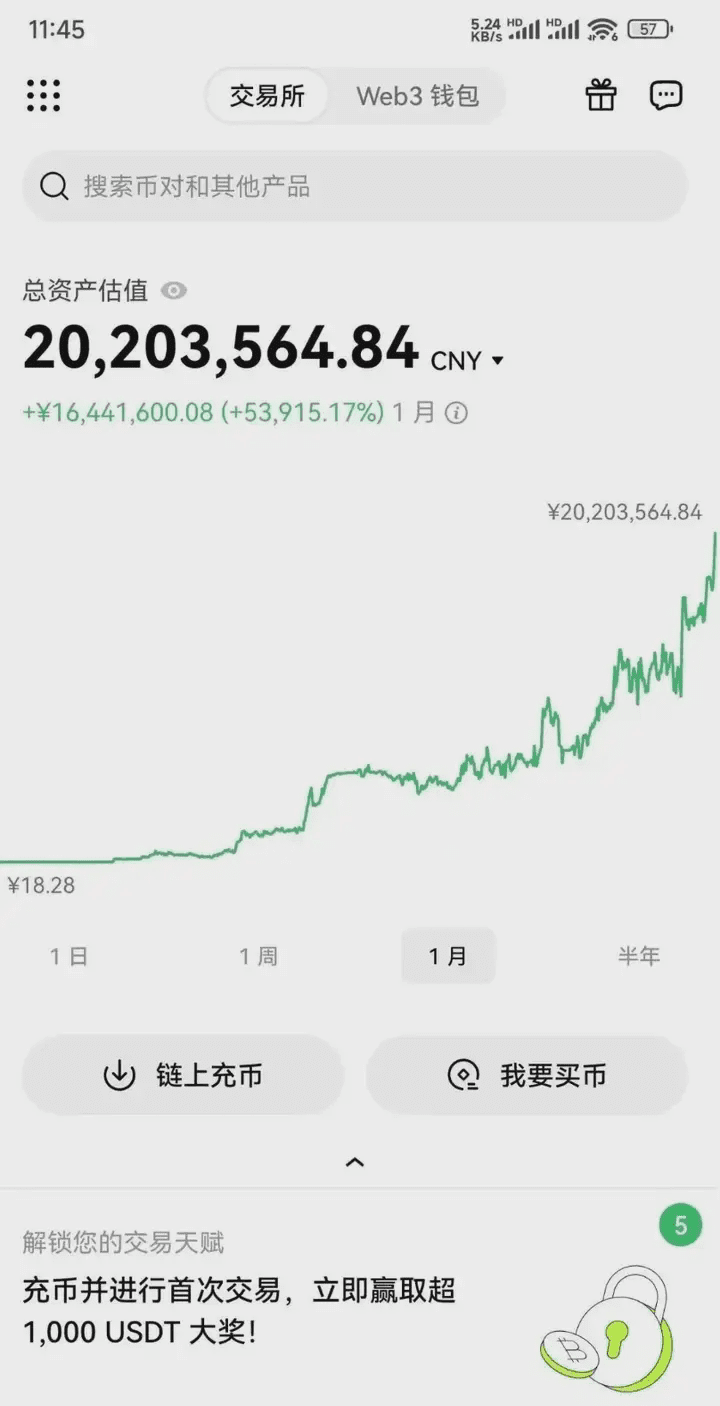
A big player who made 40 million in ten years in cryptocurrency tells you what to pay attention to in the crypto world!
In fact, once you get the hang of trading cryptocurrencies, life feels like enlightenment!
Ten years ago, when I first entered the cryptocurrency world, like most retail investors, losses and profits seemed to depend entirely on luck, and I couldn't grasp the patterns.
However, after spending a few years in the cryptocurrency world, through continuous learning and assimilation, with masters and seniors constantly sharing and guiding, I finally slowly got the hang of it and formed my own investment system!
Today, I will share my trading strategies and insights with my friends in the cryptocurrency world.
Easy classroom: Learn support and resistance lines + MACD indicator combination in three steps.
I will teach you how to clarify how to combine support and resistance lines with the MACD indicator in three steps!
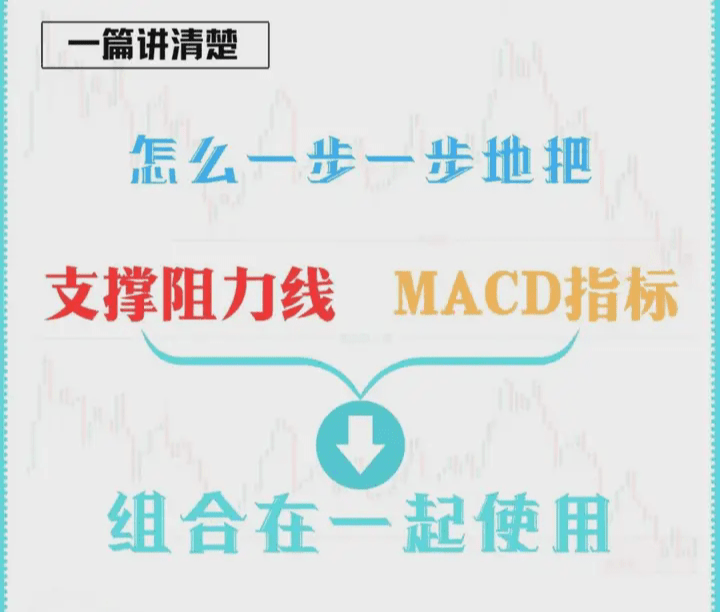
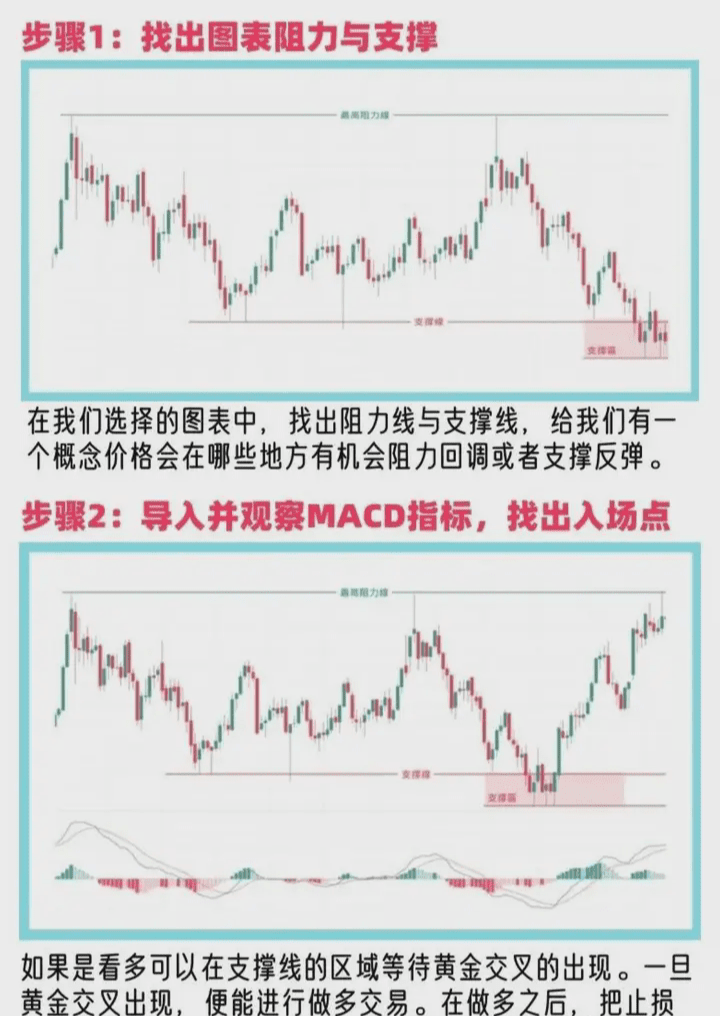
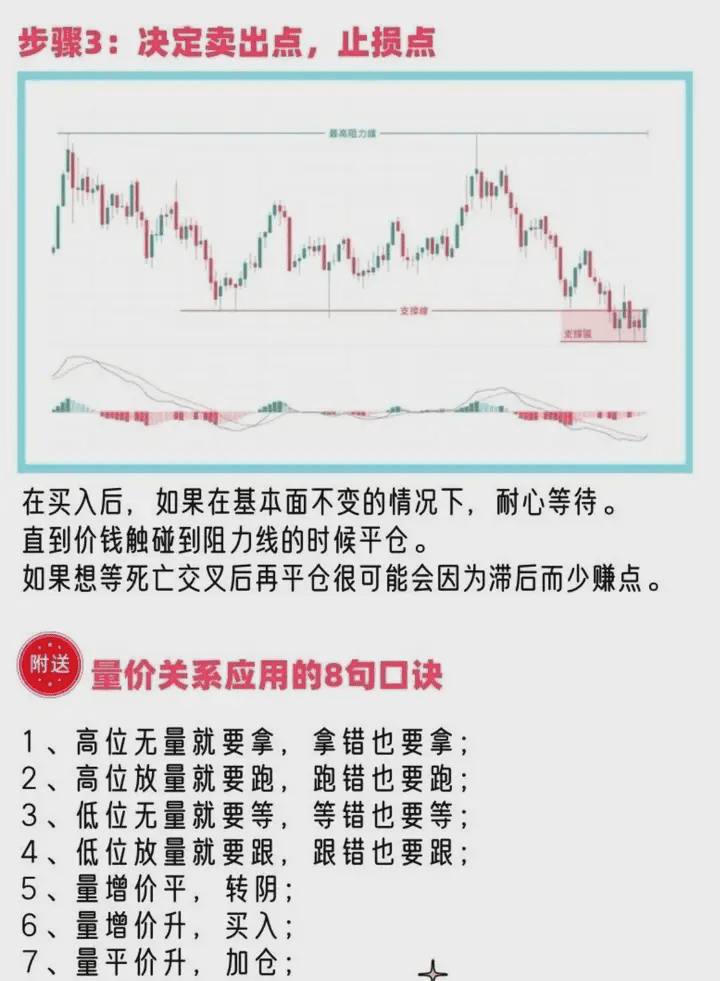
Say goodbye to the 'fodder' identity in 2025! Learn the volume-price density cloud (DCS) strategy in five minutes.
The volume-price density cloud strategy is a new and efficient analysis tool launched in 2025. By identifying concentrated areas of price density, it acts like a 'thermometer' of the market, intuitively telling you whether the current state is 'high temperature' (strong) or 'low temperature' (weak), helping traders avoid being misled by false movements from market makers. Whether you are a novice or an experienced trader, this indicator is worth studying in depth!
Strategy interpretation.
This is an intraday trading strategy primarily using the volume-price density cloud indicator, supplemented by the Elliott Wave Oscillator (EWO), accurately capturing buy and sell points through color changes and momentum signals. The market environment in 2025 is expected to be more complex, with greater volatility. The advantages of this strategy include:
Trend following: The volume-price density cloud clearly shows market trends.
Reversal confirmation: EWO provides momentum validation to avoid chasing highs and killing lows.
What is the volume-price density cloud?
The volume-price density cloud [Density Cloud Indicator (UPX Signals)] is a technical analysis tool based on statistical principles that generates a cloud chart by calculating the distribution density of prices over a specific period.
This cloud chart shows the concentration of prices at different levels, usually represented by different colors and shades. Traders can judge the strength of the market and potential reversal points by observing these cloud charts. Its working principle mainly includes the following steps:
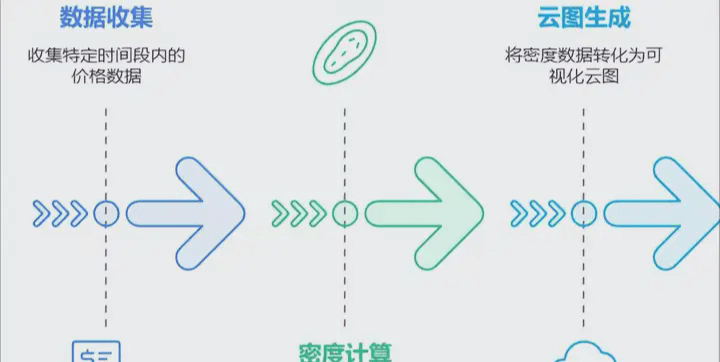
Data collection: Collect price data over a specific period, including opening price, closing price, highest price, and lowest price.
Density calculation: Calculate the density distribution of prices at different levels through statistical analysis.
Cloud chart generation: Transform the calculated density data into a visual cloud chart, using different colors and transparencies to represent the concentration of prices.
Signal recognition: Traders can identify potential buy or sell signals based on the shape and color changes of the cloud chart.
1.2
Application of volume-price density cloud in trading.
In actual trading, the volume-price density cloud can be applied in the following ways:
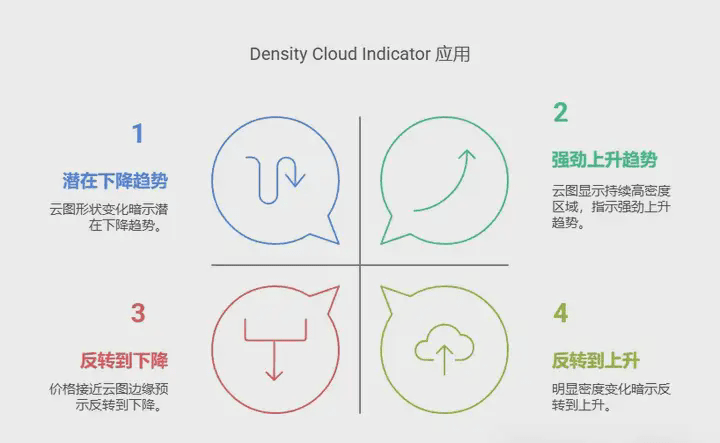
Trend identification: Observing the shape and color changes of the cloud chart can help traders recognize the current market trend. For example, a sustained high-density area may indicate a strong upward trend.
Reversal signal: When the price approaches the edge of the cloud chart or shows significant density changes, it may indicate a market reversal.
Combining with other indicators: Using the volume-price density cloud strategy alongside other technical indicators can improve the accuracy of trading decisions.
The volume-price density cloud strategy is a powerful tool that can help traders better understand market dynamics and make informed trading decisions. By analyzing the density distribution of prices, traders can identify trends and potential reversal points, thereby improving the success rate of trades.
1.2 What is the Elliott Wave Oscillator (EWO)?
The Elliott Wave Oscillator (EWO) is a momentum indicator used to measure the bullish and bearish forces in the market. When the EWO histogram is above the zero line, it indicates a bullish market; below the zero line, it indicates a bearish market.
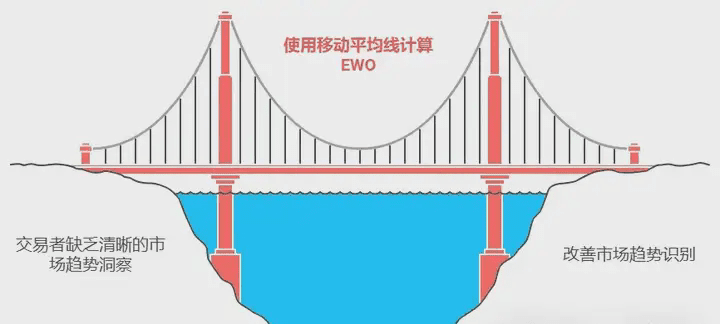
EWO is an effective technical analysis tool that can help traders identify market trends and potential reversal points. By understanding the calculation method of EWO, traders can better seize market opportunities and improve their trading success rate.
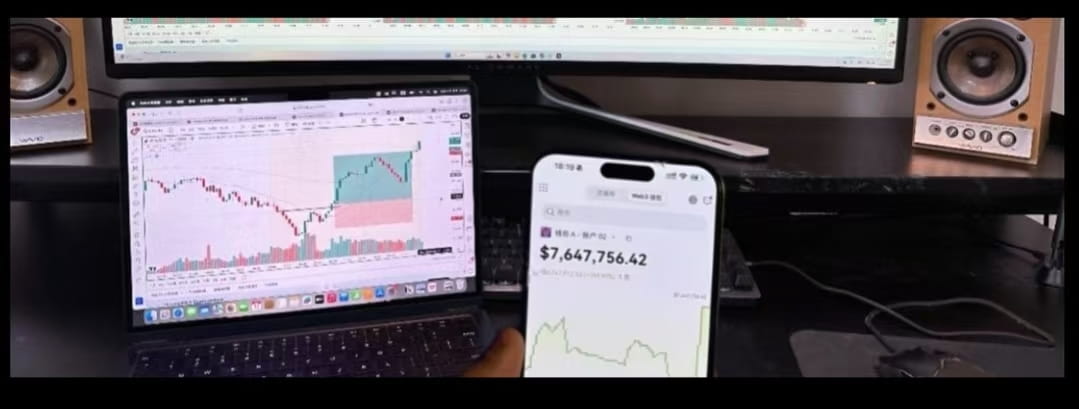
The EWO and volume-price density cloud indicator can effectively filter out false signals and improve trading accuracy.
③ Trend judgment and identification.
The core of this strategy is the dual confirmation of the price density cloud indicator + EWO, suitable for intraday trading on 5-minute charts. The operation is as follows:
3.1 Buy conditions.
Once you see a similar pattern, and all the following conditions are met, you can buy.
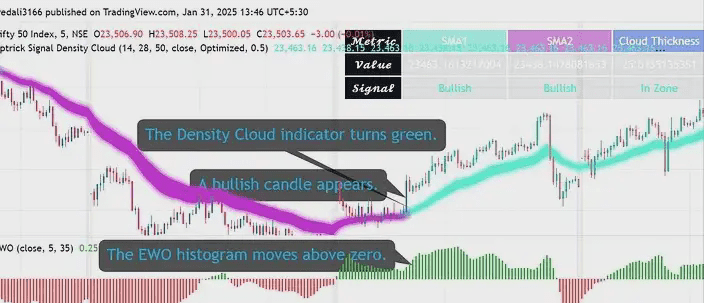
Volume-price cloud signal: The stripe line of the cloud chart changes from magenta to green.
Candlestick pattern: A bullish candlestick pattern (such as a large bullish line) appears.
EWO signal: The histogram is above the zero line, indicating bullish momentum.
3.2 Sell conditions.
Once you see a similar pattern, and all the following conditions are met, establish a selling position.
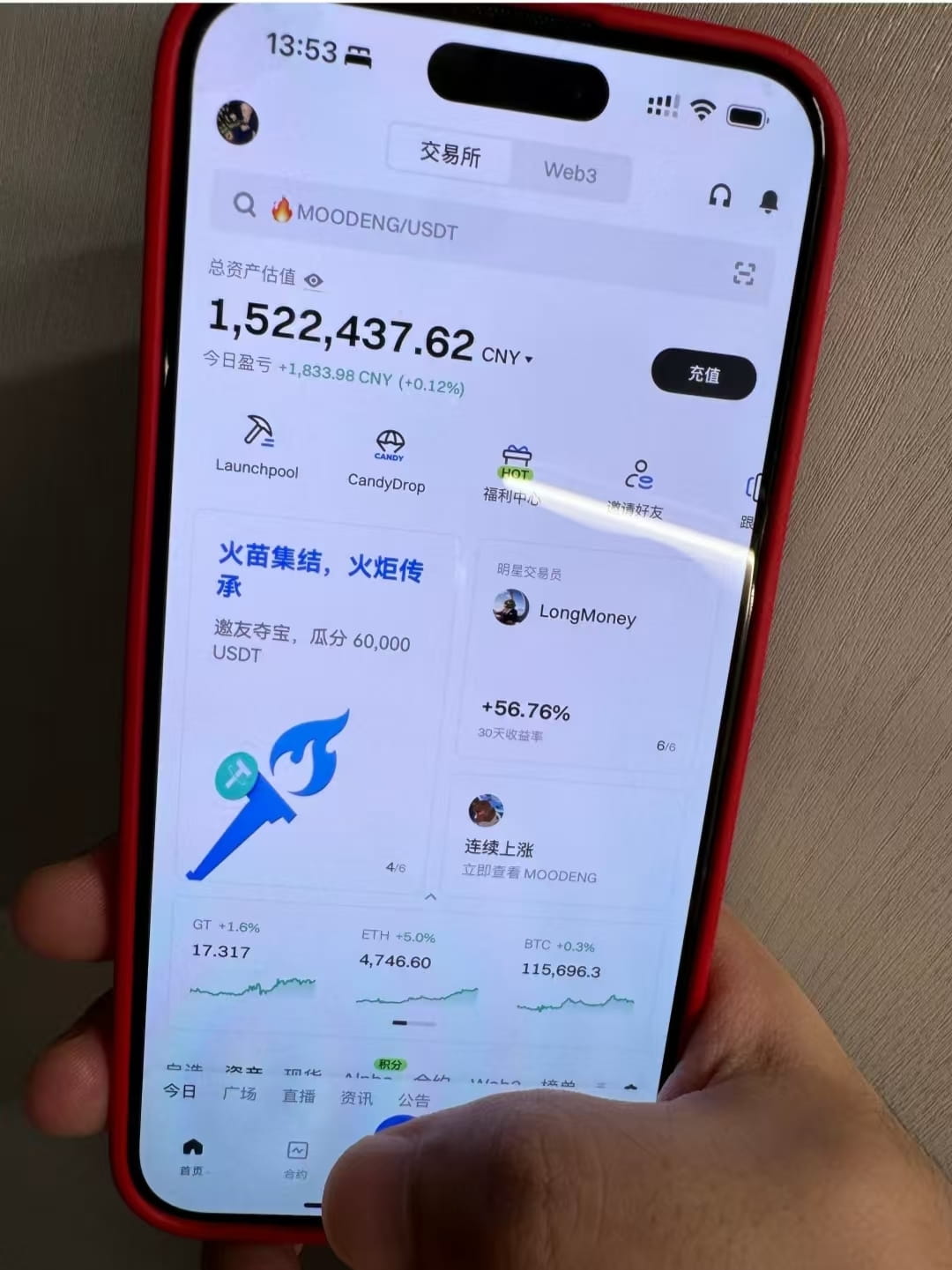
Volume-price cloud signal: The stripe line of the cloud chart changes from green to magenta.
Candlestick pattern: A bearish candlestick pattern (such as a large bearish line) appears.
EWO signal: The histogram is below the zero line, indicating bearish momentum.
3.3 Indicator features and usage limitations.
Features:
Provides a comprehensive view of trends, momentum, and reversal signals, suitable for various markets and time frames.
Highly visual, colors and triangles are intuitive, suitable for beginners and experienced traders.
Flexible parameter settings to adapt to different trading styles.
Limitations:
In a fluctuating market, false signals may occur, so it is necessary to combine volume, support/resistance levels, and other auxiliary analyses.
Although the optimization mode is balanced, it may lag in response during sharp fluctuations, requiring attention to risk management.
④ Risk management.
Stop-loss setting: Set stop-loss near the volume-price cloud stripe line.
Ensure the risk-to-reward ratio reaches at least 1:1.5.:
By reasonably setting take-profit and stop-loss levels, ensure that each trade has a risk-to-reward ratio of at least 1:1.5. This means the potential profit is 1.5 times the risk loss, helping you achieve long-term stable profit growth.
⑤ Summary of viewpoints.
This article introduces an intraday trading strategy combining the volume-price density cloud indicator and the Elliott Wave Oscillator (EWO), suitable for the market environment of 2025. Through color changes and momentum signals, it can accurately capture buy and sell points, with strict stop-loss and risk-to-reward ratios ensuring you do not become 'fodder'.
Core strategy: Volume-price density cloud indicator + EWO, double confirmation of buy and sell signals.
Applicable scenarios: 5-minute charts, suitable for intraday trading.
Advantages: Trend following + reversal confirmation, strict risk control.
Practical suggestions: Combine with other indicators, dynamically adjust parameters, and backtest for validation.
Key reminder: Trading requires discipline and mindset; strict execution of rules is essential for success.
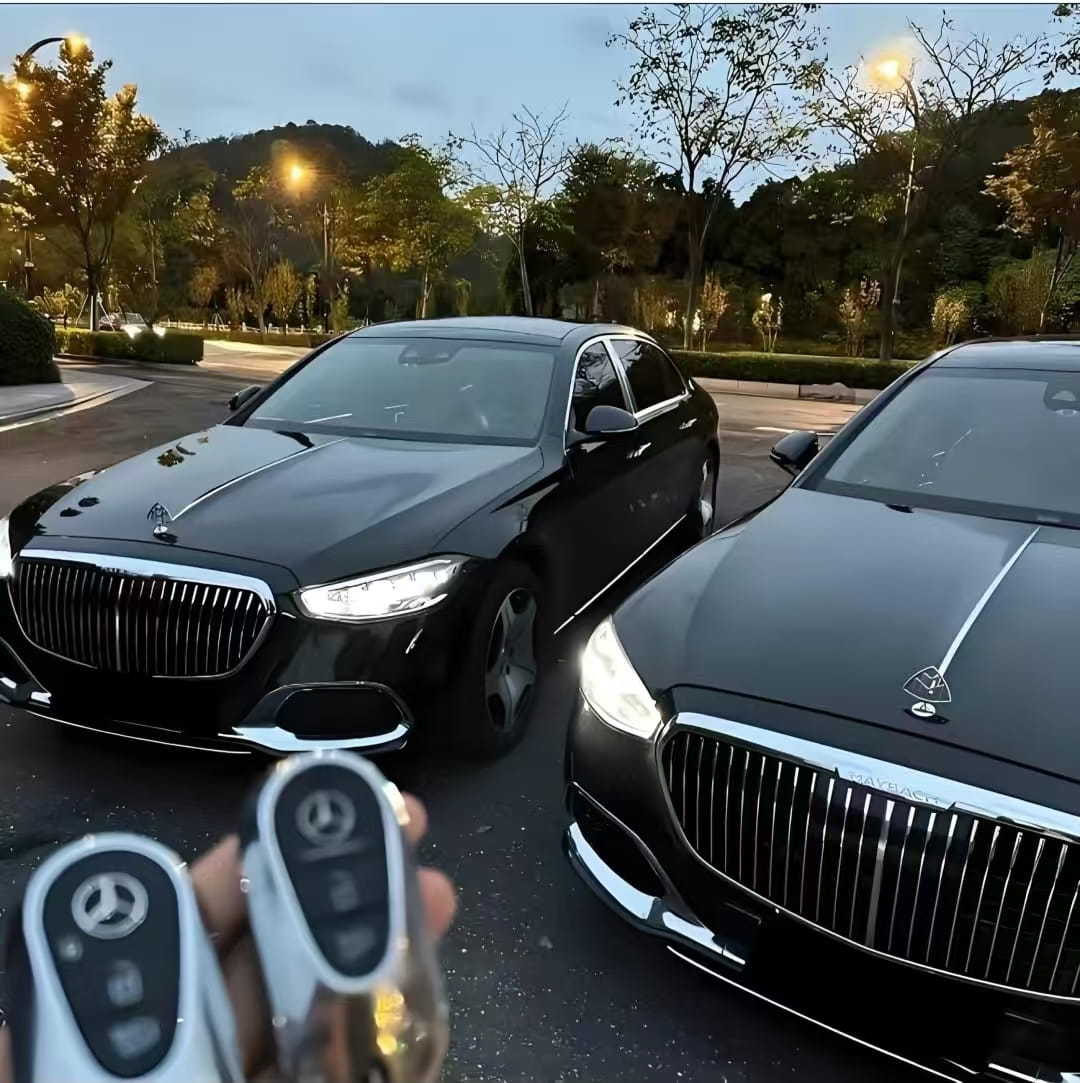
Many people think trading contracts is gambling, but it is not. The key lies in rhythm and position management, not in staring at candlesticks or chasing hot trends every day.
I often use a method called phased rolling positions. The logic is simple: first use a small part of the total capital to test the waters; if the market goes in the right direction, gradually increase the position.
Before each position increase, first set the stop-loss and take-profit levels, ensuring losses are controllable and profits are locked in timely.
For example, if the account has 10,000 USDT, I first take 2,000 USDT to open a position. If it drops 10%, I add another 2,000 USDT, and when the market rebounds by 10%, I sell the first batch of funds to lock in profits.
The remaining portion should be rolled over proportionately, executed according to plan, avoiding greed and panic.
The core of this operation is rhythm. When others panic and cut positions, you stabilize and take orders; when others chase high prices, you lock in profits in time.
Staring at the market every day is not as effective as controlling positions and execution; losses and profits are under control.
At the same time, pay attention to capital safety. Leverage is not a monster, but if used improperly, it becomes a noose. Use low positions to open leverage, with strict stop-loss to ensure you are not wiped out by a single spike.
The contract market is volatile; only those who can operate according to rules without making reckless moves will have stable accounts. Avoid chasing hot trends and gambling on luck; execute with discipline.
Understanding cryptocurrency trading is a similar process, from losing seven times to breaking even and then to making a profit, which is simply about staying focused and not coveting various profit models; firmly establishing this trading system will eventually make it your cash machine over time.
Where there are high mountains, there are paths for travelers; where the waters are deep, there are ferrymen. I am a professional player, follow Old Chen, providing 'fish' while also sharing 'fishing' to enhance your operations and make you the sharpest blade in the market!$BTC $ETH #比特币ETF资金流入激增

